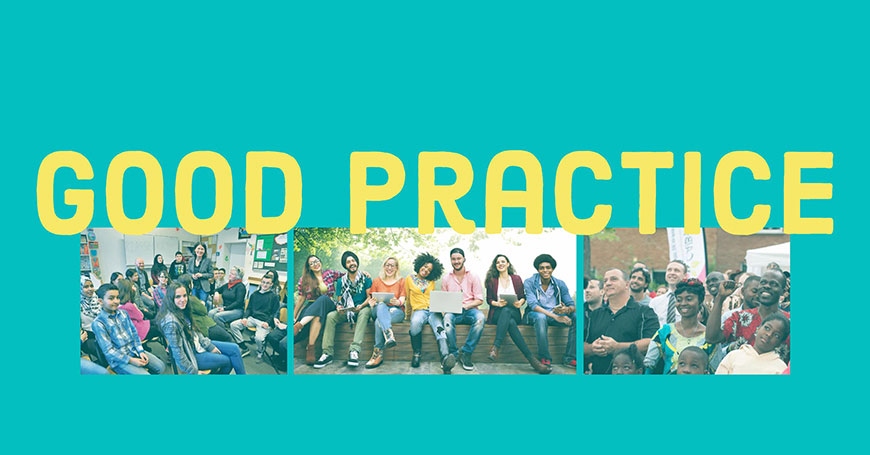Intercultural cities: good practice examples

The first step is the adoption (and implementation) of strategies that facilitate positive intercultural encounters and exchanges, and promote equal and active participation of residents and communities in the development of the city, thus responding to the needs of a diverse population. The Intercultural integration policy model is based on extensive research evidence, on a range of international legal instruments, and on the collective input of the cities member of the Intercultural Cities programme that share their good practice examples on how to better manage diversity, address possible conflicts, and benefit from the diversity advantage.
This section offers examples of intercultural approaches that facilitate the development and implementation of intercultural strategies.
Maribyrnong - Regeneration with a Focus on the Holistic Community
Stimulus/Rationale: The City of Maribyrnong is within the municipality of Melbourne, Australia, and is one of the most multicultural municipalities in Victoria. It aims to be an ‘Intercultural...
Salisbury develops inclusive welcoming and participation actions
Purpose: The “Welcome to Salisbury Information Booklet” and the “Community Engagement Framework” improves the intercultural profile of the Australian city. Process: The comprehensive city-specific...
Sister and Friendship City Policy
Purpose: The Australian City of Salisbury has an explicit policy to encourage international cooperation in the economic, scientific, cultural and other areas. Process: The “Sister City and...


